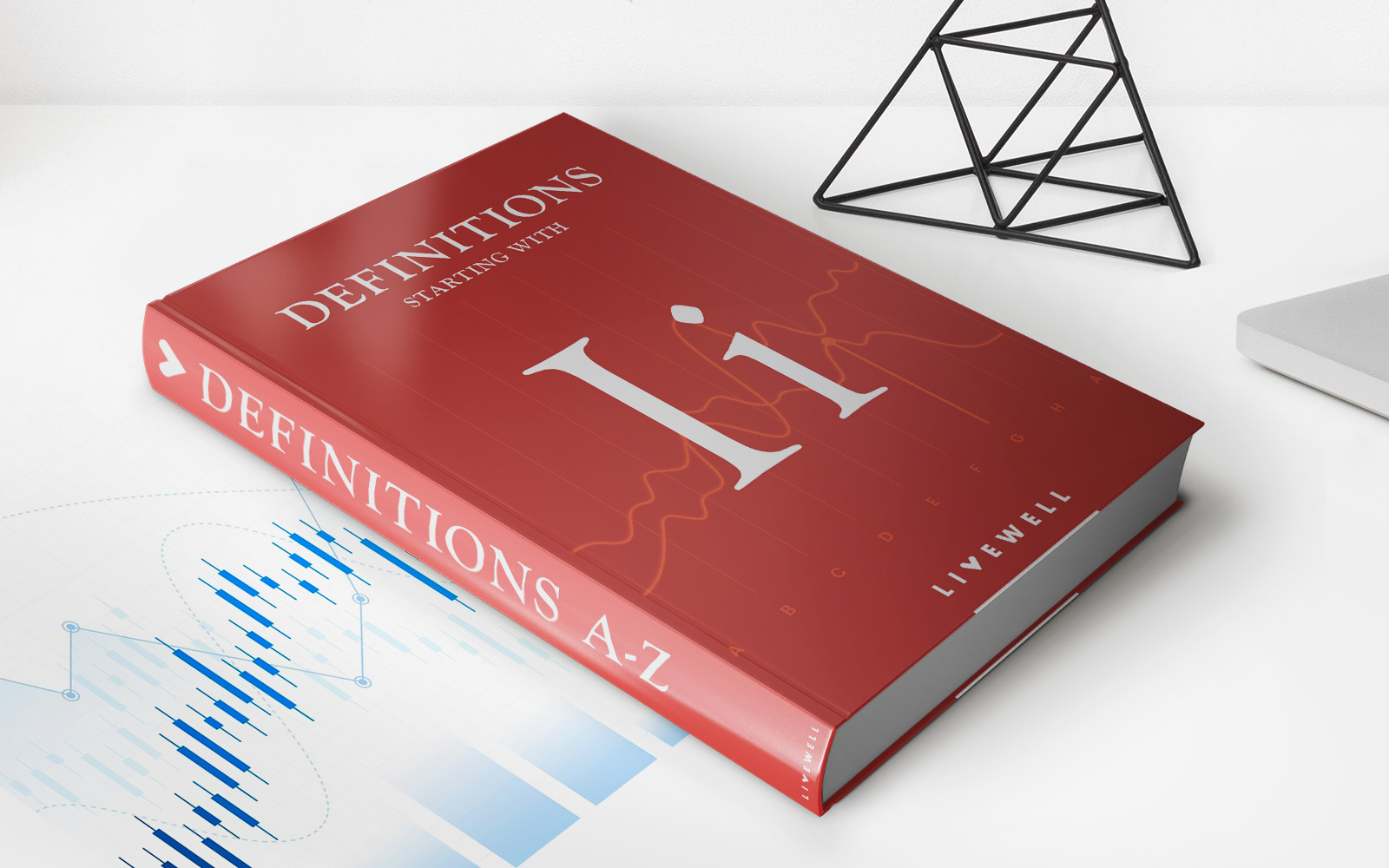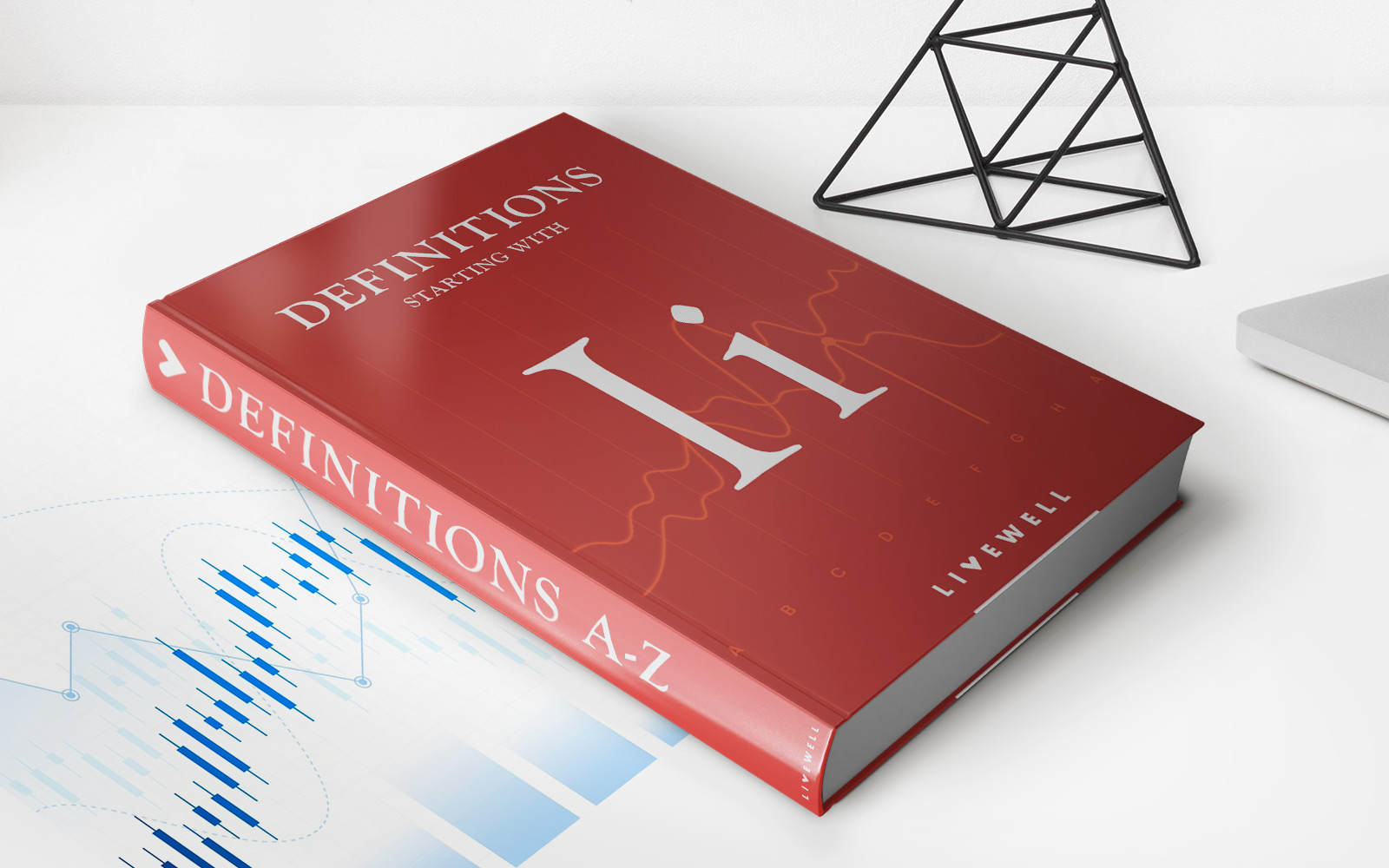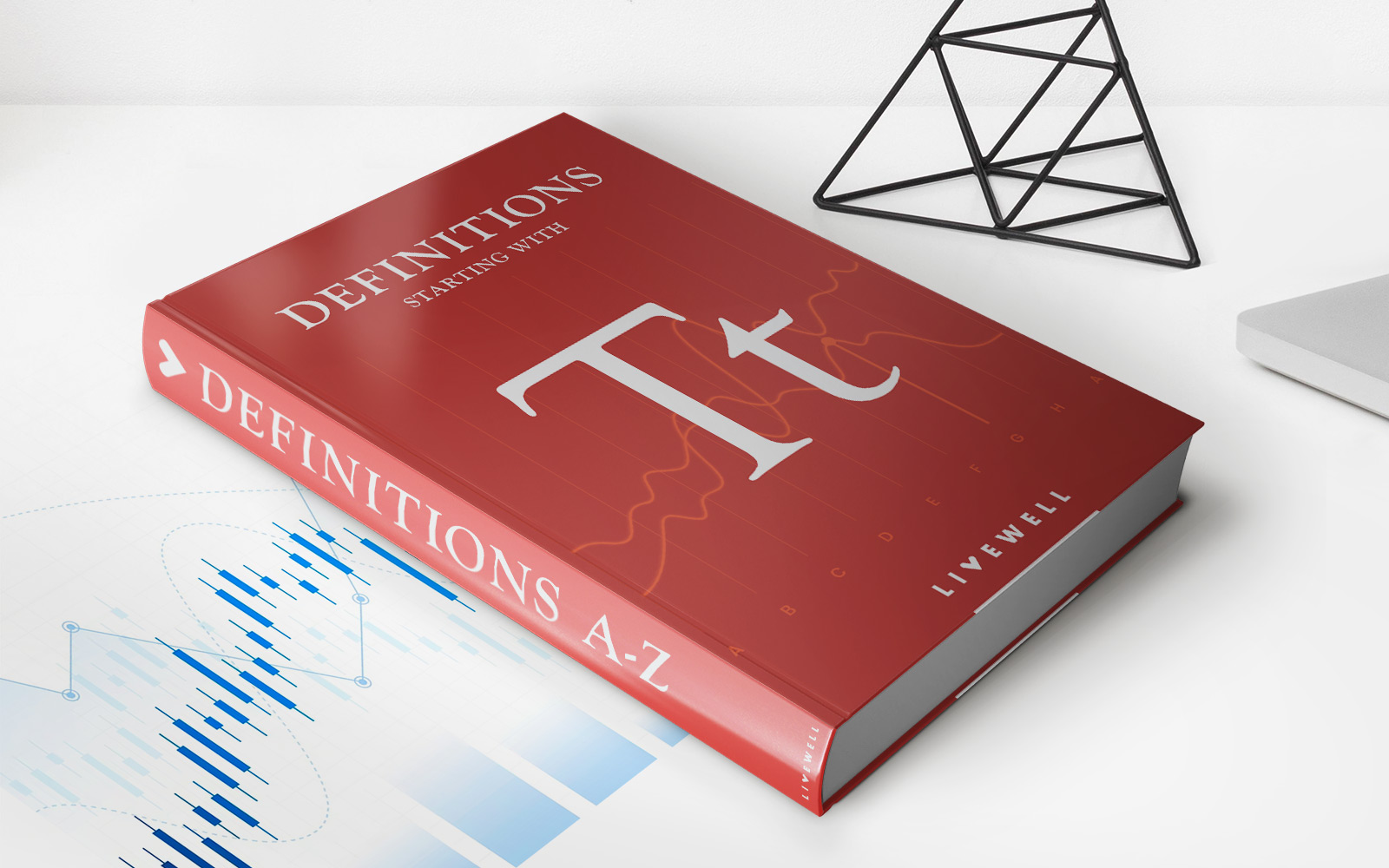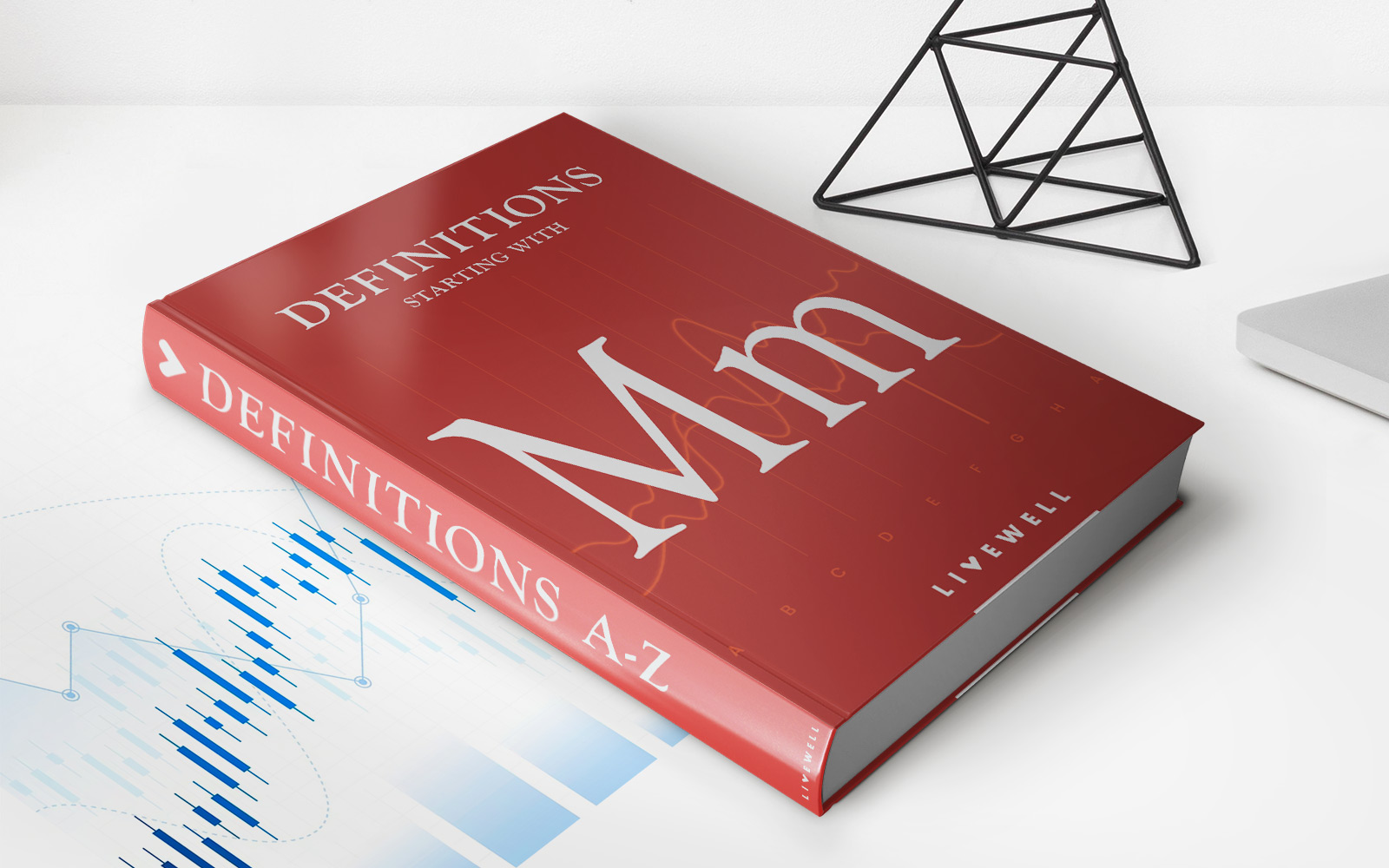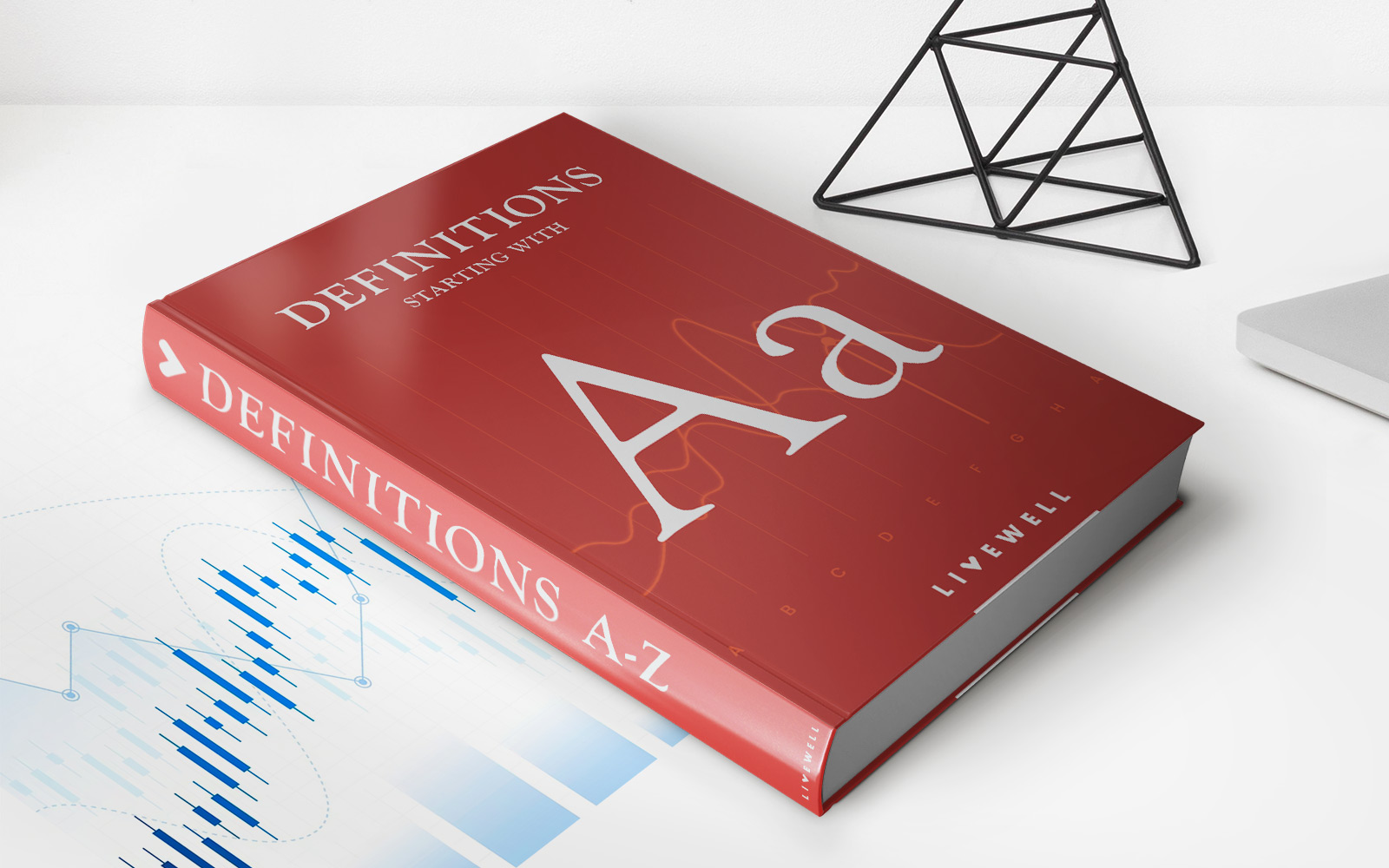

Finance
Closed-End Indenture Definition
Published: October 28, 2023
Discover the meaning of closed-end indenture in finance and how it impacts financial agreements. Gain insights into the intricacies of this vital aspect.
(Many of the links in this article redirect to a specific reviewed product. Your purchase of these products through affiliate links helps to generate commission for LiveWell, at no extra cost. Learn more)
Understanding Closed-End Indenture: Safeguarding Finance and Investments
Welcome to our finance blog, where we provide valuable insights to help you navigate the complex world of finance. In this post, we delve into the topic of closed-end indenture, aiming to demystify the concept and give you a clear understanding of its significance. So, whether you are an investor, a finance professional, or simply curious about finance, keep reading to discover the ins and outs of closed-end indenture.
Key Takeaways:
- Closed-end indenture is a legally binding agreement between an issuer of securities, such as bonds, and its investors.
- It establishes the terms and conditions of the debt securities, including the payment schedule, interest rate, and any additional protections.
What is Closed-End Indenture?
Before we dive into the details, let’s answer a fundamental question: What is closed-end indenture? Simply put, it is a legal contract between the issuer of a security and its investors that sets forth the terms and conditions of the debt investment.
When a company or government entity issues bonds or other debt securities, they are legally obligated to repay the principal amount plus interest to the bondholders. The closed-end indenture serves as a safeguard, protecting the interests of both the issuer and the investors.
How Does Closed-End Indenture Work?
When a company or government entity decides to issue debt securities, they hire an indenture trustee to represent the interests of the bondholders. The trustee’s role is to ensure that the issuer complies with the terms and conditions outlined in the indenture.
The closed-end indenture includes details such as the payment schedule, interest rate, maturity date, and possible additional protections for the bondholders. It also specifies the process for resolving disputes and any default provisions. By having a legally binding agreement, both the issuer and the investors can mitigate risks and have clear expectations.
Why is Closed-End Indenture Important?
Closed-end indenture is essential for both issuers and investors. Here’s why:
- Protecting Investor Interests: Closed-end indentures provide a level of protection for bondholders, ensuring that they receive timely payments and are fairly treated. Bondholders can rely on the terms of the indenture to enforce their rights if the issuer fails to meet their obligations.
- Credibility and Market Perception: Issuers who provide a strong and well-structured closed-end indenture often enjoy a better reputation in the market. By reassuring investors that their interests are protected, issuers can attract more capital at favorable interest rates.
Conclusion
Understanding closed-end indenture is crucial for anyone involved in finance or investing. By having a clear vision of the terms and conditions of debt securities, investors can make informed decisions, while issuers can attract capital more effectively. The closed-end indenture acts as a mutually beneficial contract, ensuring transparency and safeguarding the interests of both parties. As the finance landscape continues to evolve, comprehensive knowledge of closed-end indenture empowers individuals to make smart financial choices.


